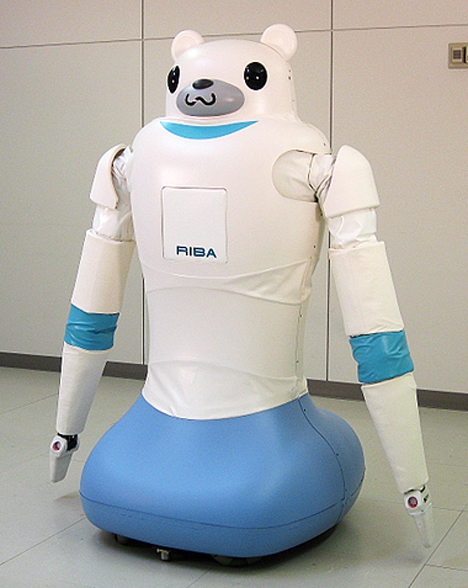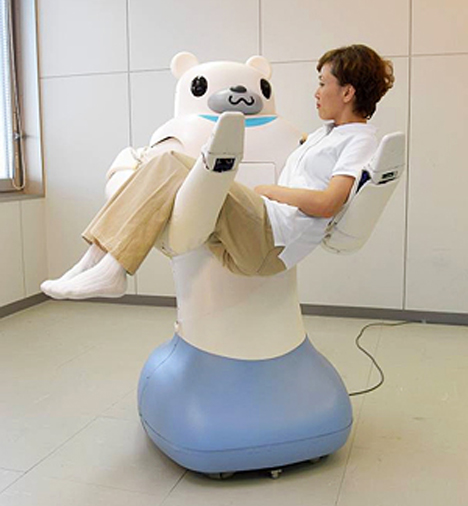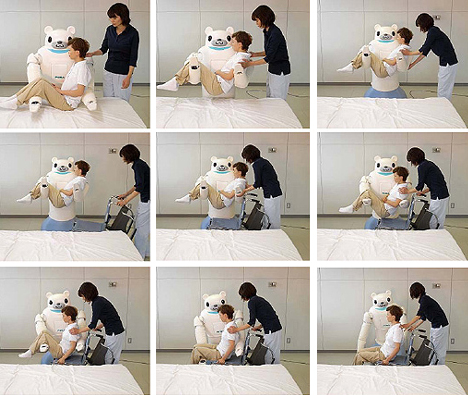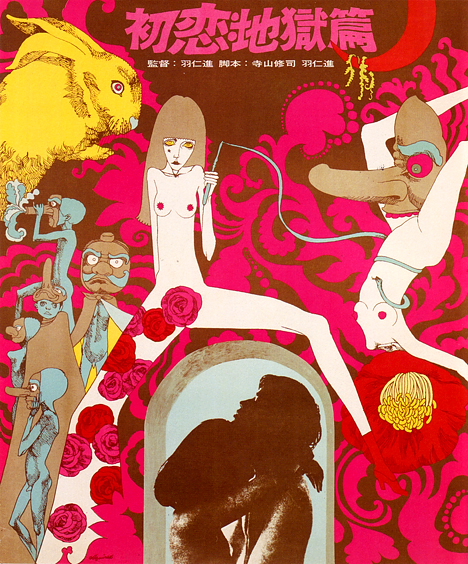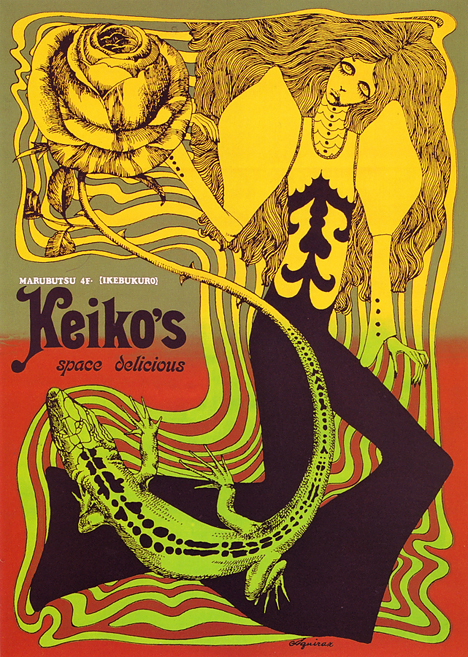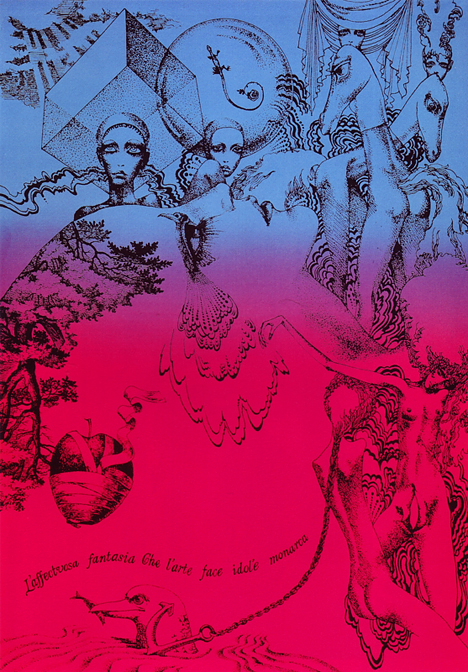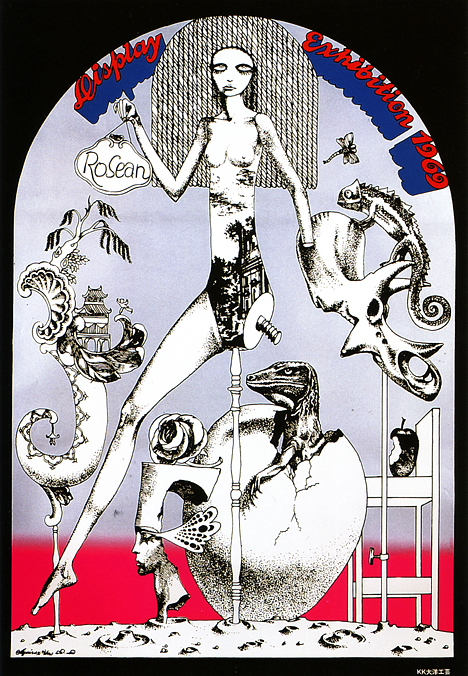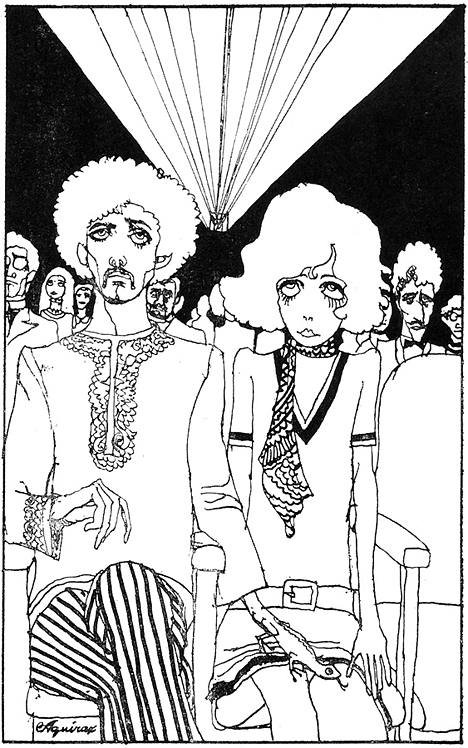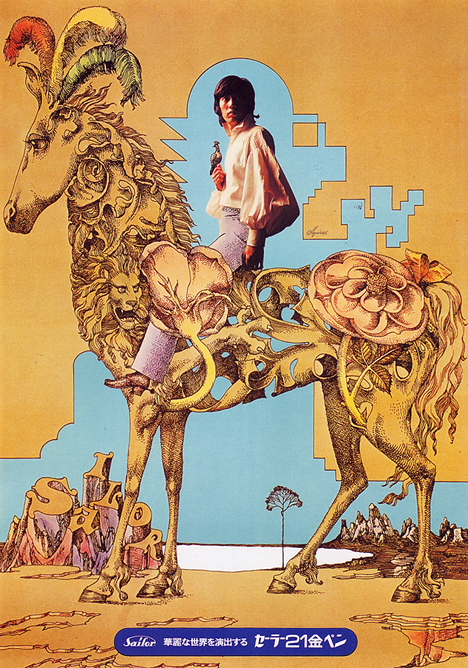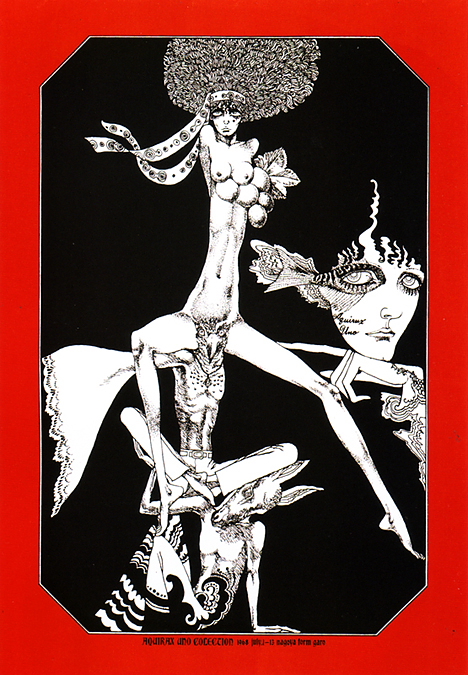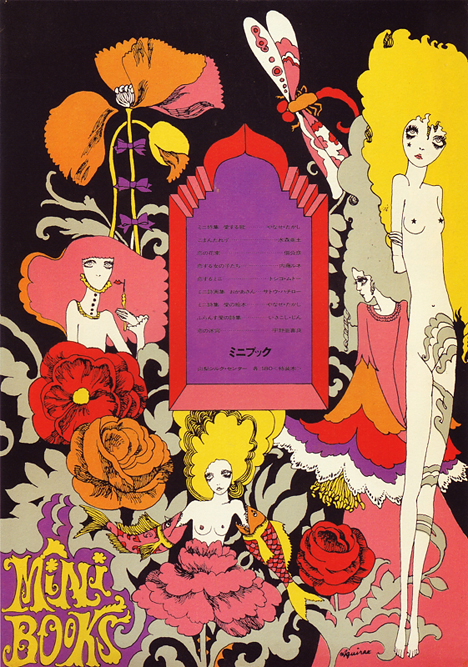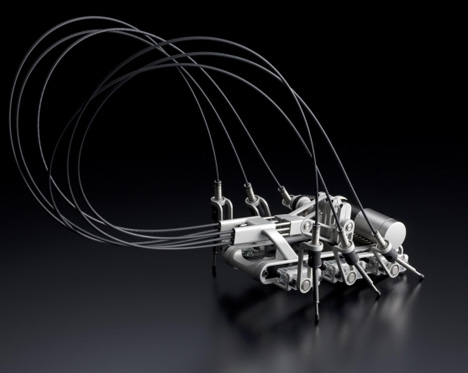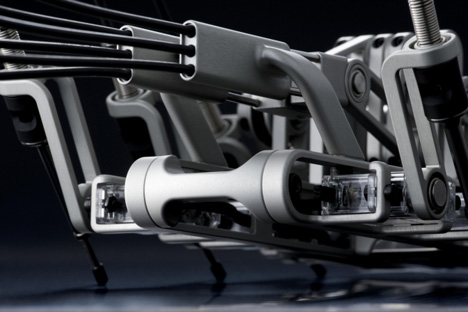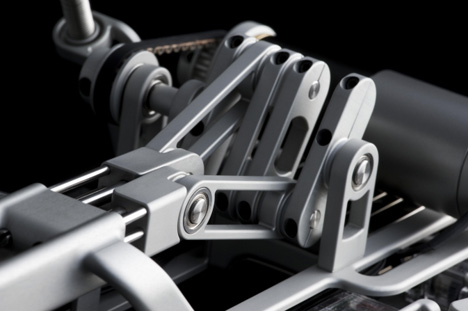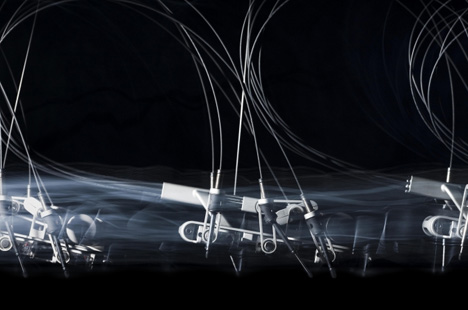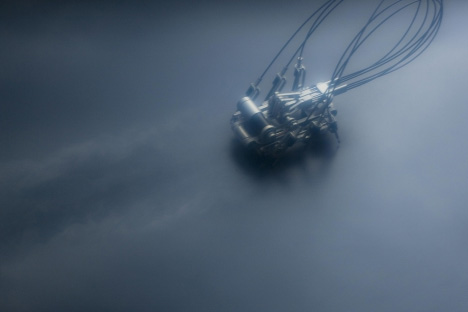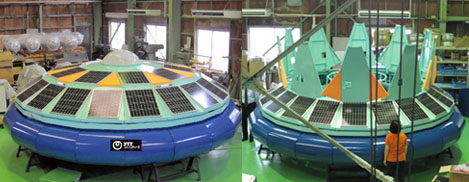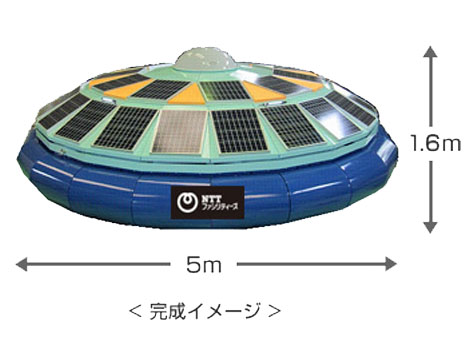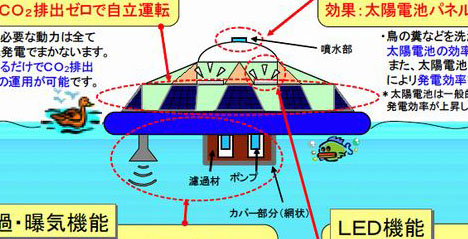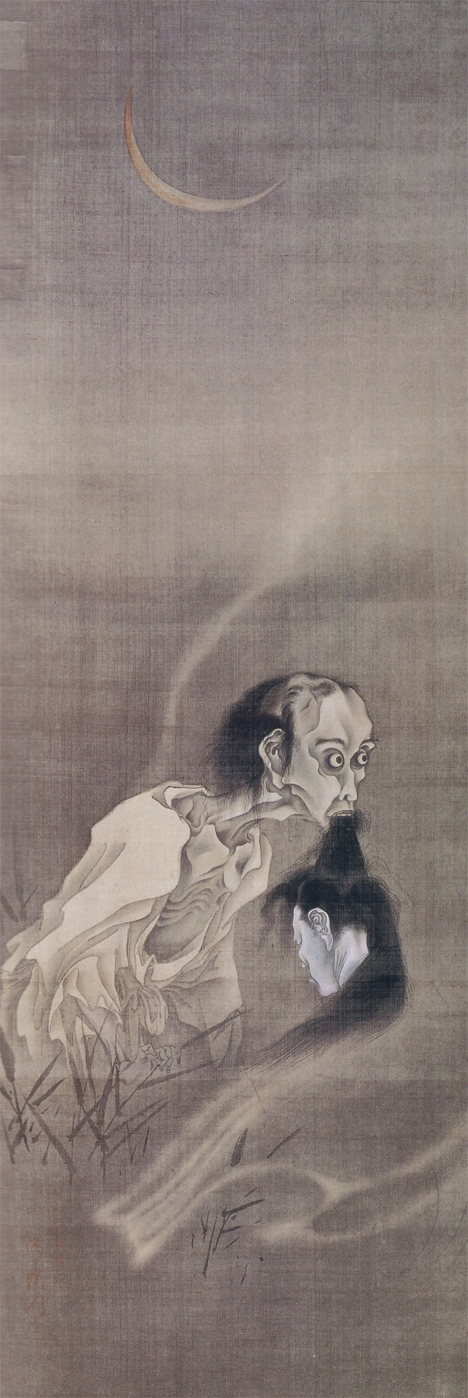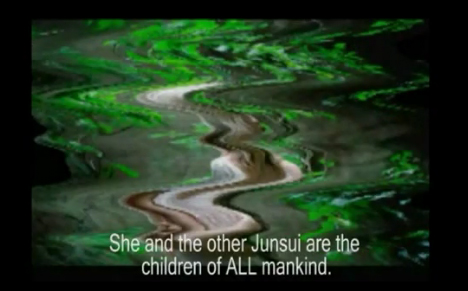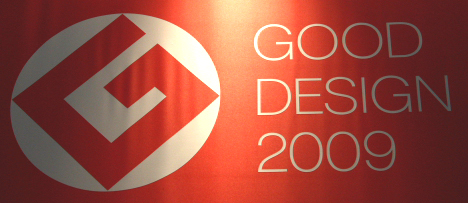
The annual Good Design Expo -- billed as one of the biggest design events in Asia -- showcases thousands of well-designed products under consideration for the year's Good Design Awards. Over 2,000 items ranging consumer electronics, automobiles and furniture to office equipment, building designs and sporting goods were exhibited at this year's event, which was held at Tokyo Big Sight this weekend (Aug 28-30). Here are just a few of the many eye-catching designs on display.
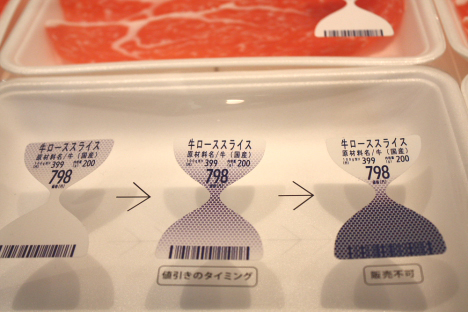
Freshness label [+]
One the most interesting items was this hourglass-shaped freshness label for meat products (designed by TO-GENKYO). The label contains special ink that changes color based on the amount of ammonia emitted by the meat (the older the meat, the more ammonia it releases).
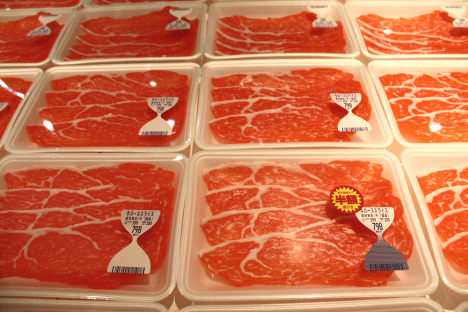
Freshness label [+]
Like an hourglass, the bottom half of the label "fills up" as the meat ages. Consumers can judge the product's freshness at a glance.
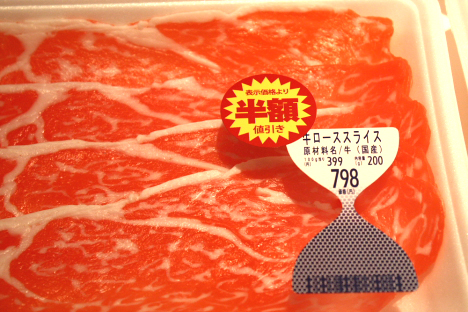
Freshness label (with 1/2 price tag) [+]
When the meat is no longer suitable for sale, the ink blocks the barcode at the bottom so that it cannot be scanned at the cash register.
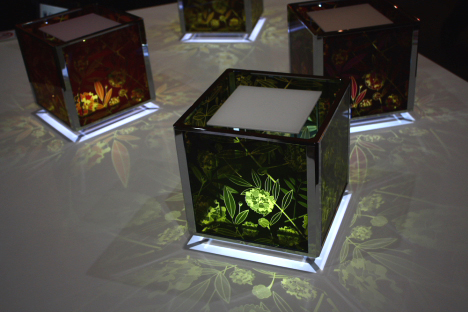
Hana-Akari [+]
These stylish Hana-Akari interior lamp shades by Sony are actually dye-sensitized solar cells that mimic photosynthesis by storing energy in a thin membrane. The shades collect sunlight during the day and power the lamp at night.
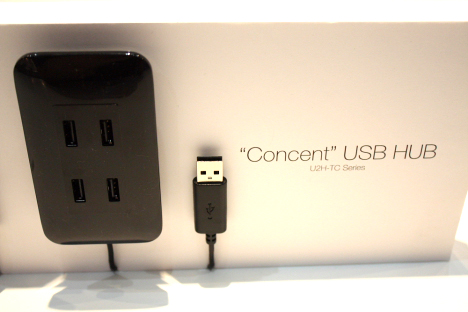
"Concent" USB hub that looks like wall outlet (by ELECOM) [+]
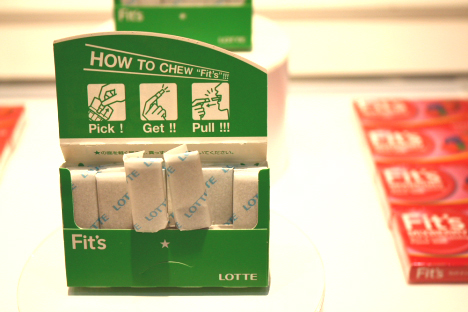
Lotte "Fit's" gum package [+]
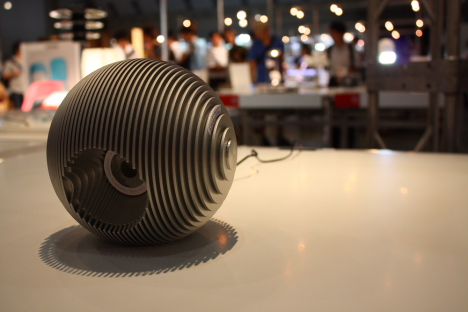
LED desk lamp [+]
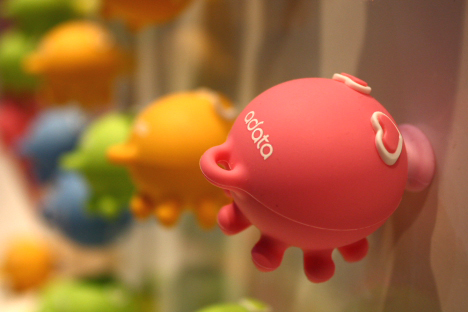
Kissing Octopus Couple USB flash drives [+]
The magnetized mouths of these Kissing Octopus Couple USB flash drives (by A-Data) allow them to function as magnetic stickers when not plugged into a computer. The USB connector tucks neatly inside the body.
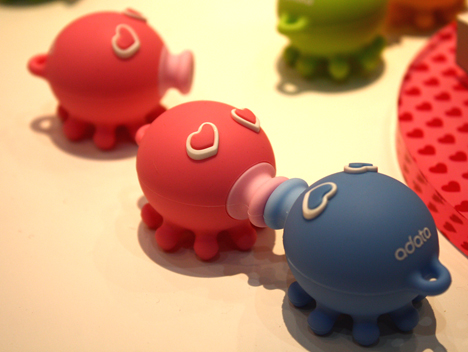
Kissing Octopus Couple USB flash drives [+]
When two are placed face to face, they lock together in a magnetic kiss (making them an ideal gift for Valentine's Day).
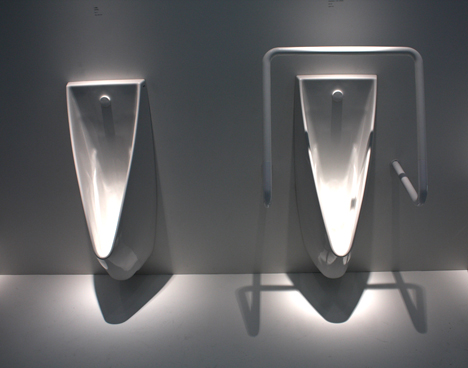
Restroom Item 01 urinals by Toto [+]
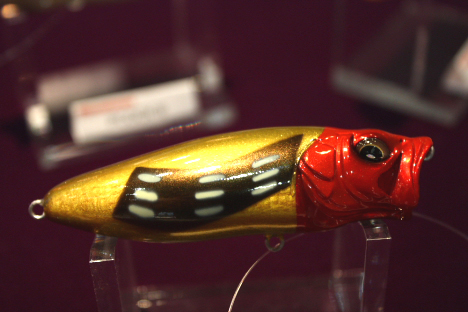
Balsa Max fishing lure [+]
The eye-catching Balsa Max fishing lures by Megabass are built using cutting-edge technology and natural materials.
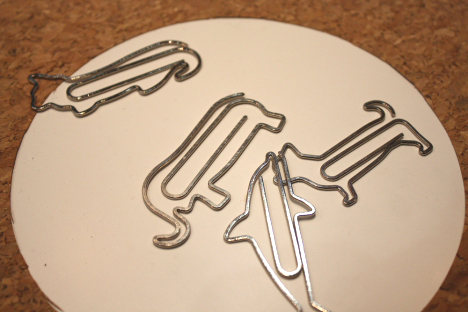
D-Clips (animal-shaped paperclips by Designphil) [+]
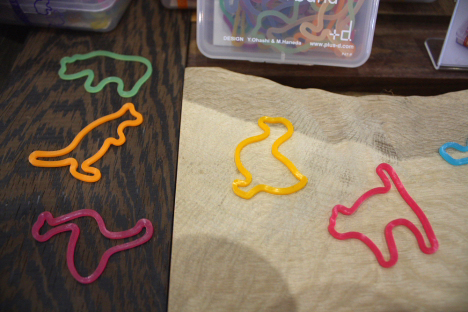
Animal rubber bands (by +d.) [+]
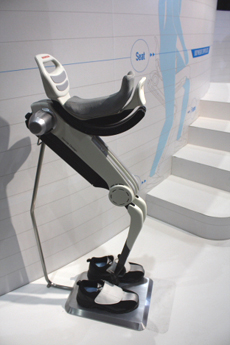
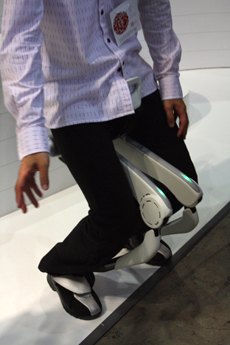
Honda Walking Assist Device [+] [+]
Honda's experimental Walking Assist Device helps support the wearer's body weight, reducing the load on the legs while walking, going up and down stairs, and crouching.
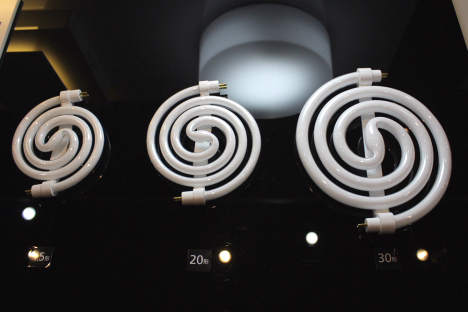
"Palook" spiral fluorescent bulbs by Panasonic [+]
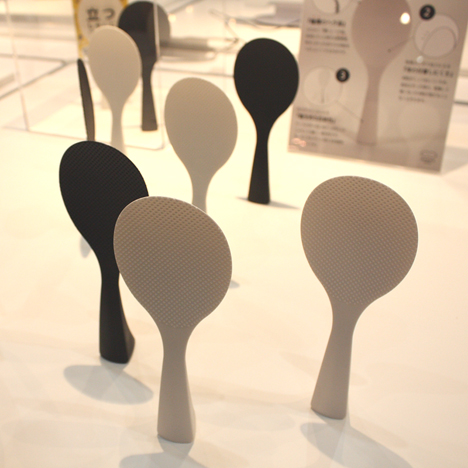
Rice spoons that stand on end [+]
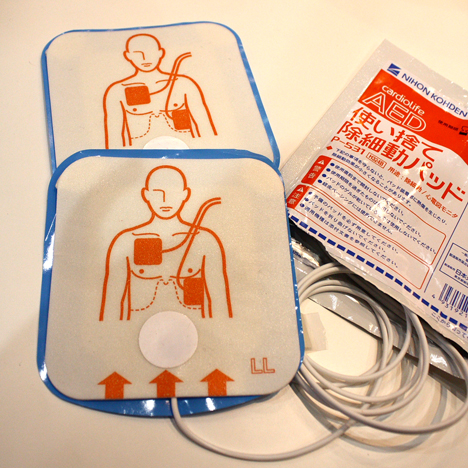
Disposable AED pads [+]
These disposable pads are designed for use with automated external defibrillators (AEDs) placed in public areas. The imprinted design shows where to attach the pads to the body -- helpful information for the first-time user.
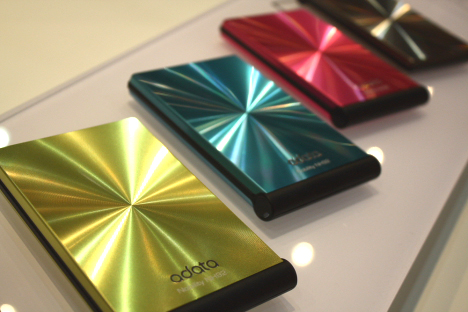
Candy-colored portable hard drives (by A-Data) [+]
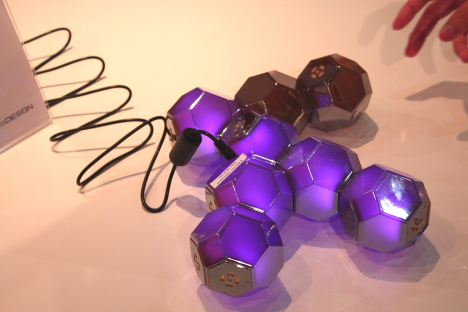
QLD-101 table lamp [+]
The QLD-101 table lamp (designed by Qisda Corporation) is a modular LED light fixture composed of crystal-like units that connect together with magnets. The polyhedral units can be easily configured into a variety of shapes, and the low-temperature LEDs prevent them from becoming hot to the touch.
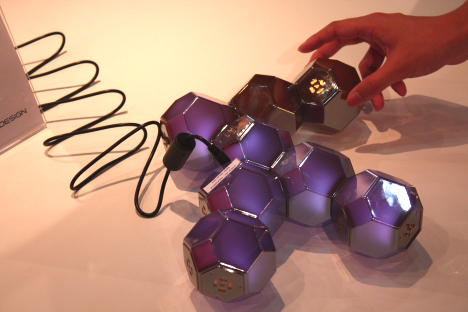
QLD-101 table lamp [+]
The interactive lamp, whose design was inspired by natural crystals, gently cycles through a spectrum of colors.

